The Houseplant book
As recently as Nov 5th another book on the subject entered the market. Called “House of Plants”, this is a local effort albeit published by “serious gardening” publishers Frances and Lincoln. The authors, Caro and Rose, started with a stall on Broadway Market little over a year ago, selling their self-grown plants. They now specialize in self-made hanging planters and locally made ceramic pots along with air plants, succulents and other indoor greenery and have opened their own shop Ro Co in North London. “House of Plants” is their first book (which I appropriately enough discovered in a Broadway Market bookshop).
Caro and Rose also have a designers' background and indeed offer bespoke event styling services with plants. Unlike the books mentioned in my previous post, however, theirs caters for those who genuinely care for their plants, i.e. they give plenty of horticultural advice such as how to propagate plants via leaf cuttings.
I learned that someone working in my local café has started her own business, too, creating bespoke “plant terrariums”. Faustine, who tells me she will go travelling for three months before concentrating on the business, calls them forestariums. She creates little scenes and often includes tiny figures or items personally relevant to her clients. Check out her Instagram account here.
The Evening Standard embrace :-)
On Nov 10th, London’s free daily The Evening Standard also declared indoor plants “hip”: In her weekly “Homes and Property” gardening column, Pattie Barron wrote about the trend for indoor gardening – triggered, no doubt, by the upcoming “festival” [her term] that was
The RHS London Urban Garden Show
This took place last weekend and was the first ever, i.e. a new addition to the show calendar of the Royal Horticultural Society.
Most noticeably, there were several stalls selling food – street-food style, from vegan wraps and curries to gluten-free cakes, as opposed to say preserves, chutneys etc.. Also, a substantial area was given over to tables and chairs to sit down and eat, drink and chat. Was the latter part of the concept or was it making a virtue out of necessity because not enough vendors had come forward yet to book a stall at this new show? Whichever, personally I liked it.
Take first seminar Urban Agriculture: Richard Ballard talked about his fascinating enterprise Growing Underground which - in a tunnel 33 metres under the streets of London - grows microgreens for restaurants with the help of hydroponics and LED lights. I'd read about them in the only issue of WIRED magazine I ever bought and Ballard's talk was the one reason I dragged myself out of bed on a rainy Saturday to arrive at the Urban Garden Show early. He was complemented by Sean Gifford from Sky Farmers who also grow food and deliver it to restaurants etc. - but chose the exact opposite in terms of location to do so: London's roof tops.
He was followed by Dr Catherine Horwood, garden historian and author of the highly recommendable Potted History: The Story of Plants in the Home, who spoke about the wider context and showed that gardening in the city really isn't anything new. In fact, the Lindley Library currently shows an exhibition called The City Gardener, inspired by Thomas Fairchild's book of the same name which was first published in 1722.
I had been surprised to see such a large number of elderly people – well, a generation or two above my own – at the Urban Garden Show, and perhaps less of a young crowd than I had expected. Quite probably the RHS’s traditional members came, dutifully, for this new show from their society, too. What did they make of it, I wonder? And was it the RHS's declared intention to cater for this clientele as much as for a new target group - or were they simply not entirely sure of whom to expect? For Perry introduced his audience to various social media channels - what they are, how they work and what might be in there for a keen gardener.
Now, I may not be on social media thus far myself, for a number of reasons, but of course I do know about Facebook, Twitter, Instagram, Pinterest & Co. So this talk clearly was geared towards the older generation and accordingly several younger people left half-way through. I'm sure many seniors would have left, too - as they likely are on social media themselves already - but politeness kept them on their seats. That's not to say, of course, that Perry's presentation was boring. Just that there is a fairly small demographic which still would have been unfamiliar with its contents. This kind of introduction seemed to sit strangely with the rest of the talks. I for one, at least, would have expected something far more specific here.
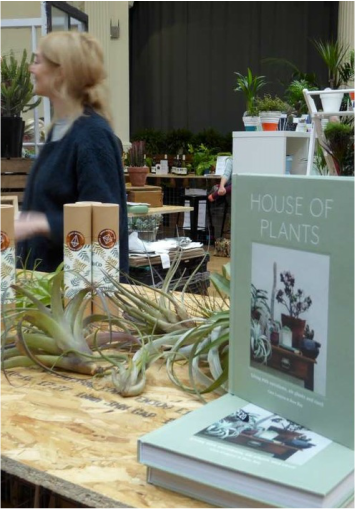
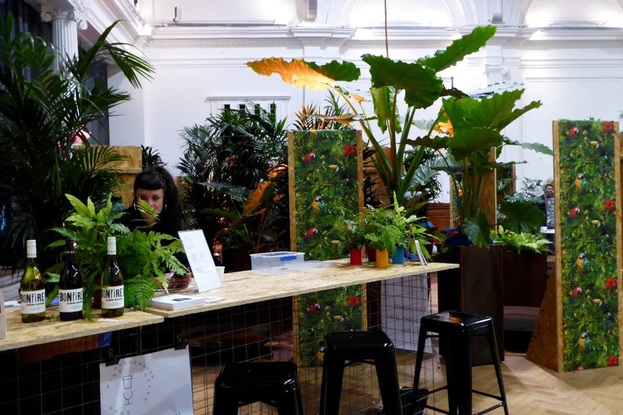
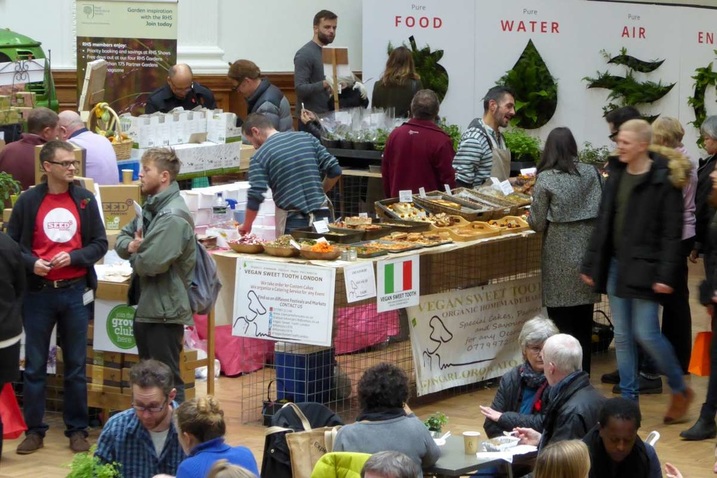
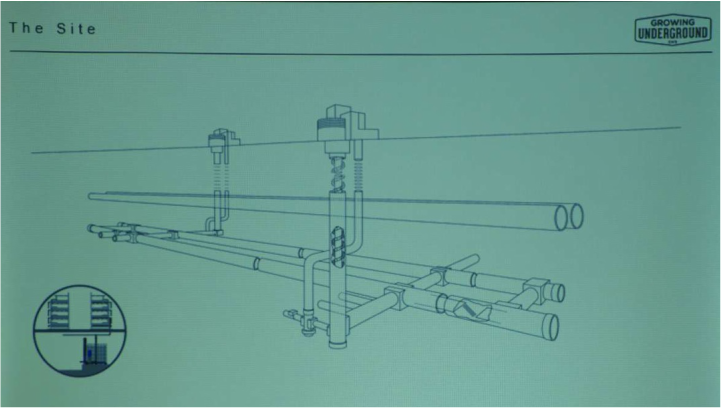
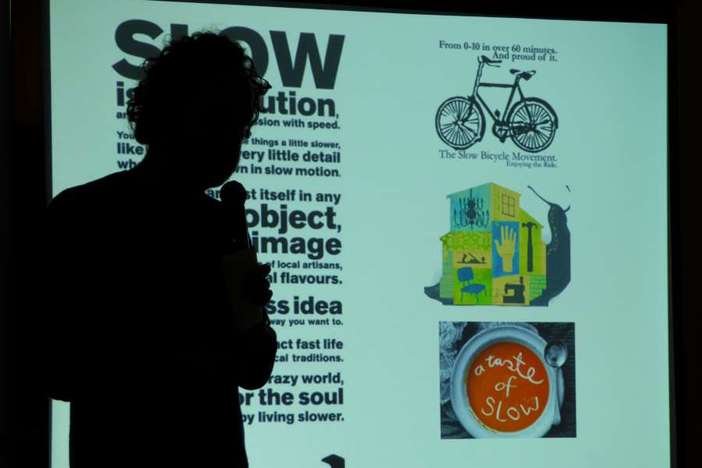
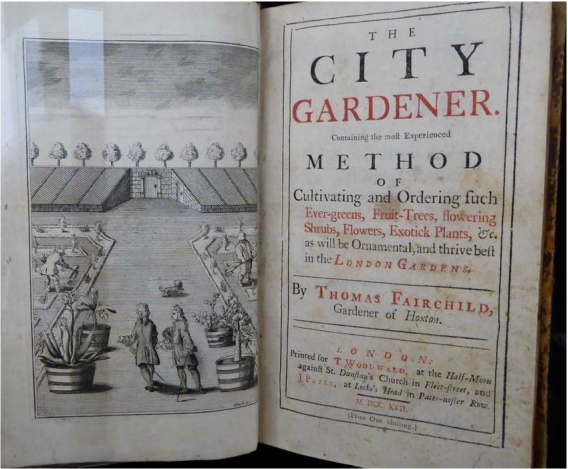
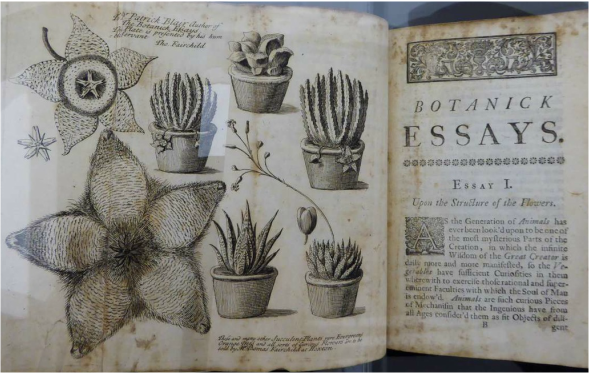
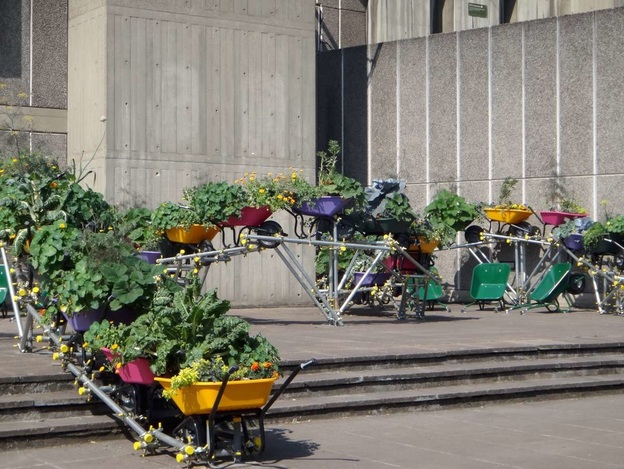
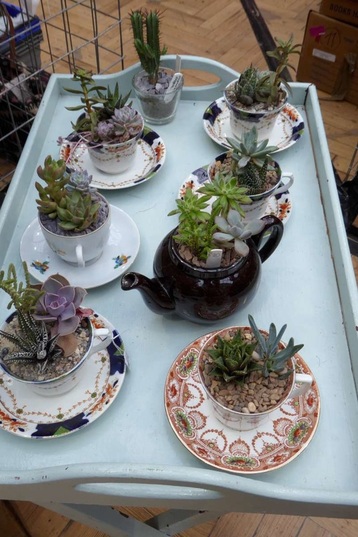
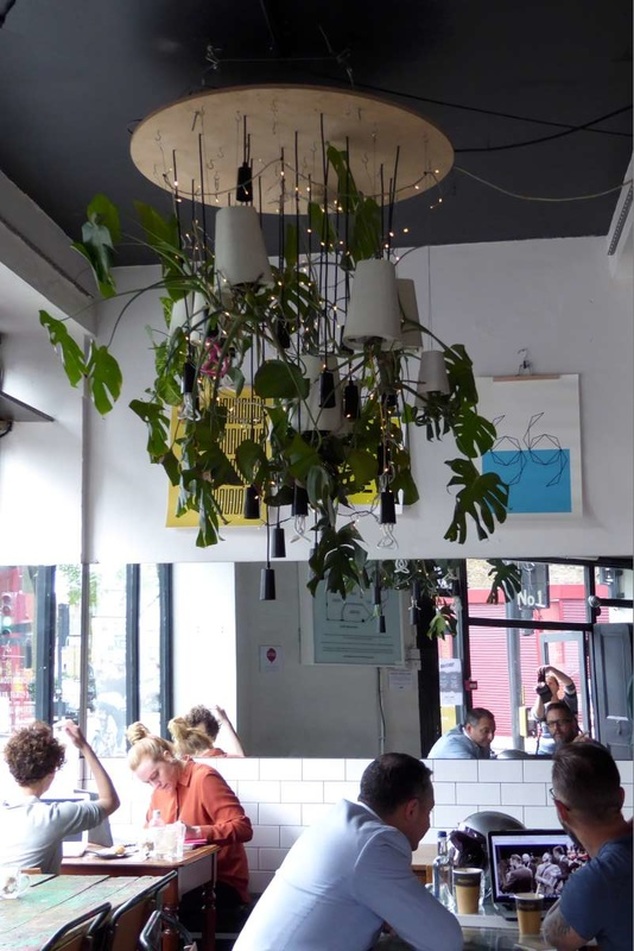
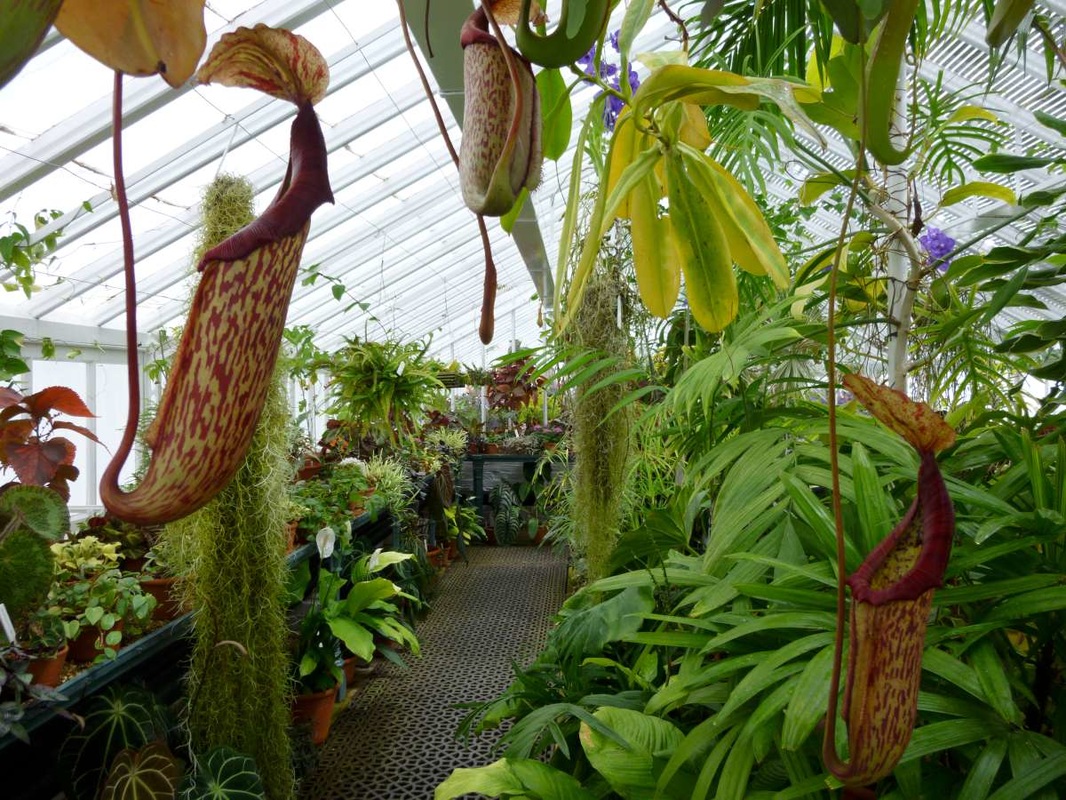
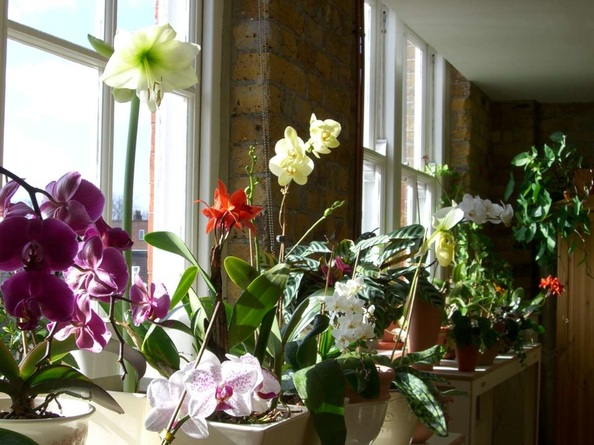
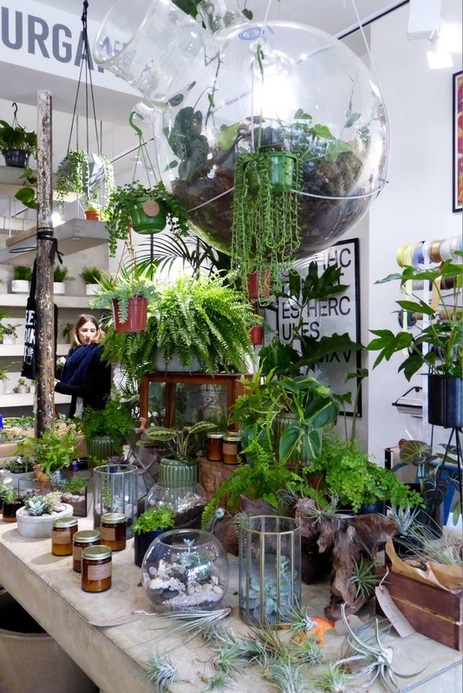
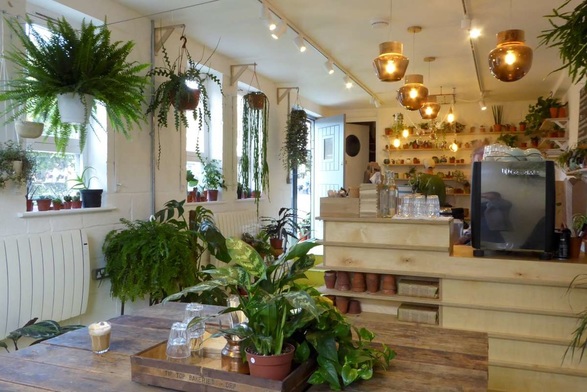
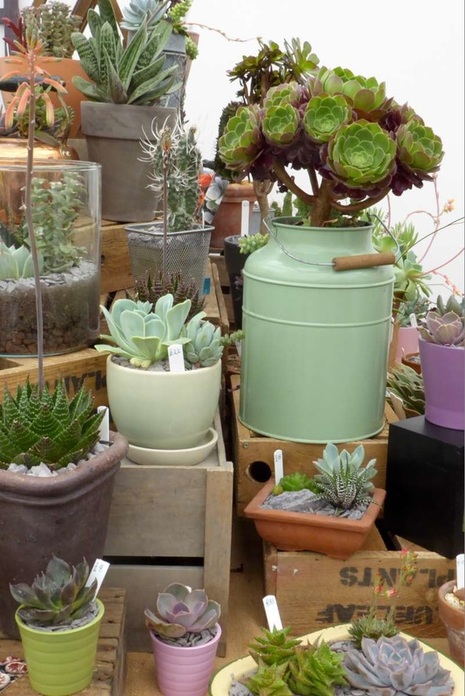
 RSS Feed
RSS Feed